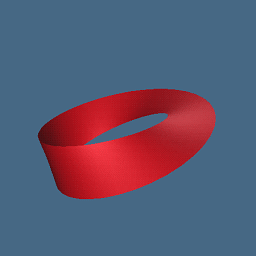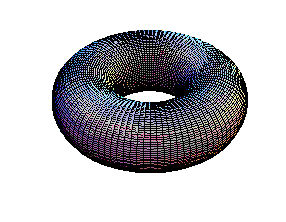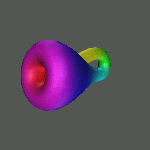|
My research is in the field of algebraic topology. When one wishes to study any kind of system quantitatively, one is usually led to consider all possible configurations of the system. A simple example is that of a classical system consisting of a single particle in 3-space. For this system, a configuration would be its position (a vector in R3) and its momentum (another 3-vector), together giving a vector in R6. If the particle could move everywhere, and at any speed (ignoring Einstein's relativity and the fact that there's lot's of stuff in space already), the collection of all possible configurations would then be the vector space R6. Depending on the system, one obtains other spaces of configurations, for example the surface of a ball. This collection of configurations is called a symplectic space by mathematicians or the phase space by physicists. It has turned out to be very profitable to think of the evolution of the system as a path in this space, and its geometry carries some information which is intrinsic to the system. |
Properties of the geometric structure, such as how many "holes" there are in the space, what dimensions the holes have, and how they are linked together, can carry important information about the system. As an example, think about the differences between the surface of a doughnut (below), and the surface of a ball (opposite). They have different numbers of holes of varying dimensions, and the holes on the doughnut are linked in an interesting way. Algebraic topology encodes some of this underlying geometric structure using algebra, enabling spaces (and in particular their holes!) to be manipulated as if they were numbers. This elucidates some of their intrinsic properties, which are often hard to 'see' any other way. Rational homotopy, my specialty within algebraic topology, represents an excellent compromise between the amount of information encoded and the ease of manipulation.
|
|




